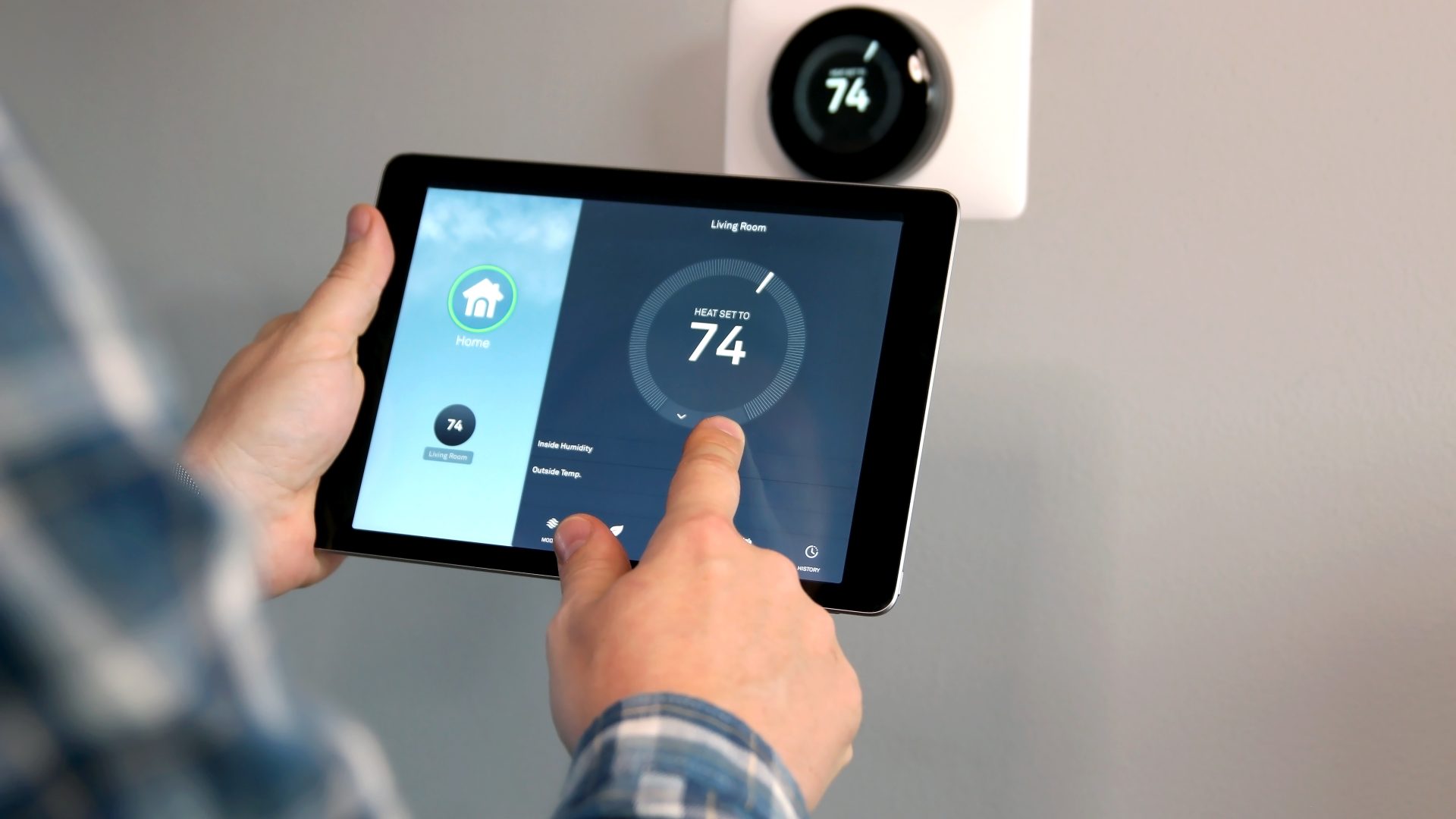The Importance of Air Conditioning
In many regions, air conditioning is more than a luxury—it’s essential for maintaining comfort and health during hot summer months. While air conditioners are common in homes and offices, many people don’t fully understand their operation. This article explores how residential air conditioning systems work.
Principles of Operation
The primary function of a residential air conditioning system is to remove heat from the indoor environment, lowering the temperature to create a comfortable living space. This process relies on the refrigeration cycle, a principle of thermodynamics where heat flows from a warmer area to a cooler one.
Components of an Air Conditioner
A residential air conditioner comprises four main components: the evaporator, the compressor, the condenser, and the expansion device. Each plays a crucial role in the refrigeration cycle, circulating refrigerant that absorbs and releases heat as it transitions between liquid and gas states.
The Compressor
The cycle begins with the refrigerant entering the compressor, located in the outdoor unit. The compressor, powered by an electric motor, compresses the refrigerant gas, increasing its pressure and temperature.
Heat Dispersion
The high-pressure, hot gas then moves to the condenser. Here, it releases heat to the outside air with the aid of a fan blowing over the condenser coils. As the refrigerant cools, it changes from a gas to a liquid state while remaining under high pressure.
Expansion Device
The cooled, high-pressure liquid refrigerant then flows to the expansion device, typically a valve or capillary tube. This device regulates the refrigerant’s flow into the evaporator coils, allowing it to expand and decrease in pressure.
Cooling Inside the Home
The evaporator, located inside the home (often as part of the furnace or air handler), is where the cooling happens. Warm indoor air is drawn over the cold evaporator coils by a fan. The refrigerant inside the coils absorbs heat from the air, causing the refrigerant to evaporate.
Heat Recycling
The vaporized, warm refrigerant returns to the compressor to restart the cycle. Importantly, the refrigerant continuously circulates through the system without being consumed; it simply transfers heat.
Additional Functions
Besides cooling, residential air conditioners also dehumidify the indoor air. Modern systems feature thermostats that maintain the desired temperature by automatically regulating the system based on indoor conditions.
Ensuring Optimal Performance
For effective operation, an air conditioning system must be properly sized for the space it serves. Good insulation, sealed windows, and efficient ductwork also contribute to the system’s performance.
Conclusion
In summary, a residential air conditioning system is a sophisticated network of components working together to transfer heat from inside the home to the outside, ensuring a cool and comfortable environment. Understanding its operation can enhance your appreciation of this technology and assist in maintaining and troubleshooting the system for year-round comfort.
Texas Air Authorities is the premier choice for HVAC services in Arlington. With a team of highly trained and certified technicians, we have the expertise to handle all of your heating, ventilation, and air conditioning needs. Our commitment to customer satisfaction is unmatched, and we always go above and beyond to ensure that your experience with us is positive. We use only the highest quality parts and equipment to ensure that your HVAC system is running at peak performance. Plus, we offer competitive pricing and flexible scheduling to fit your needs. Choose Texas Air Authorities for all of your HVAC needs in Arlington.
